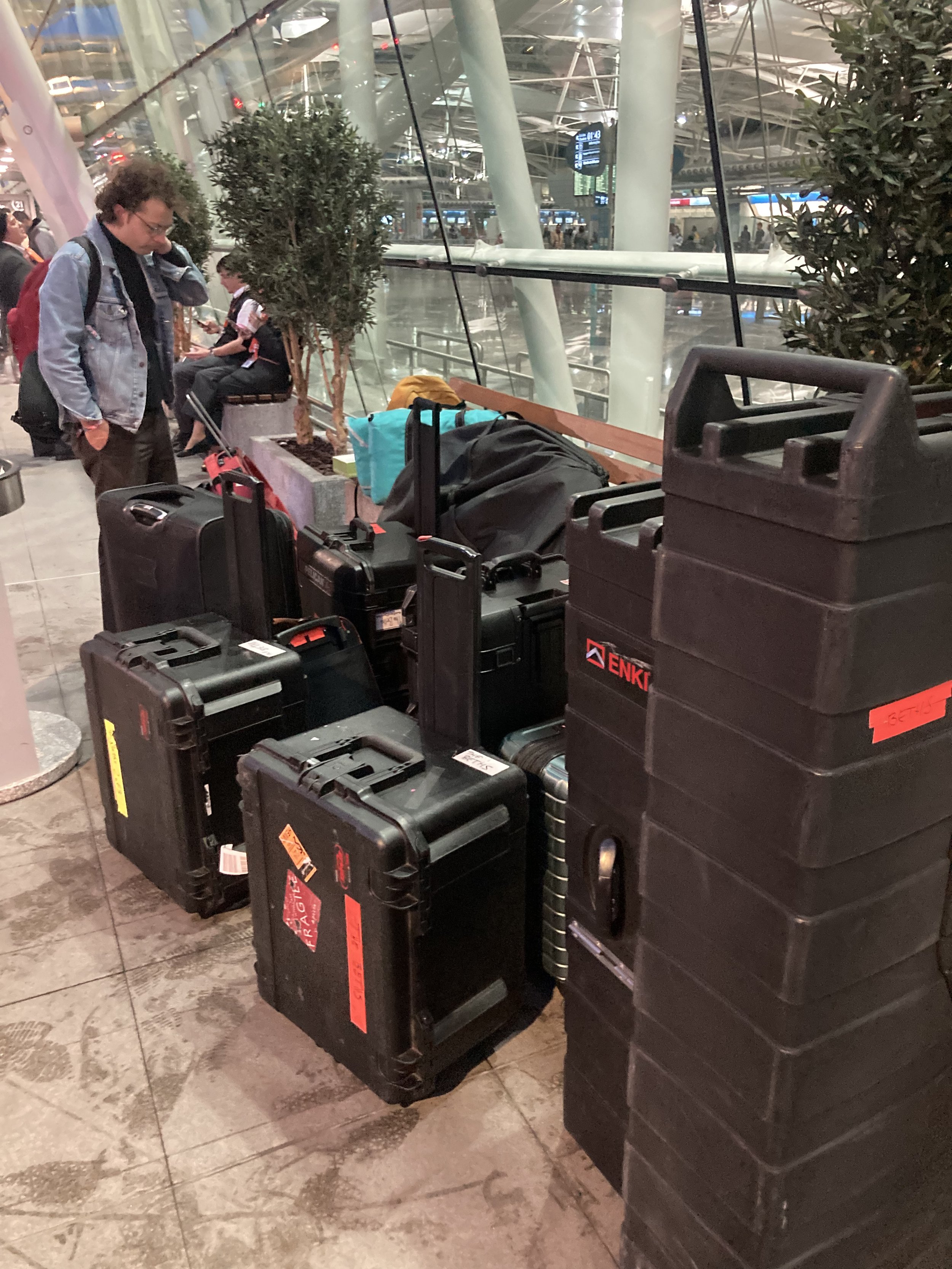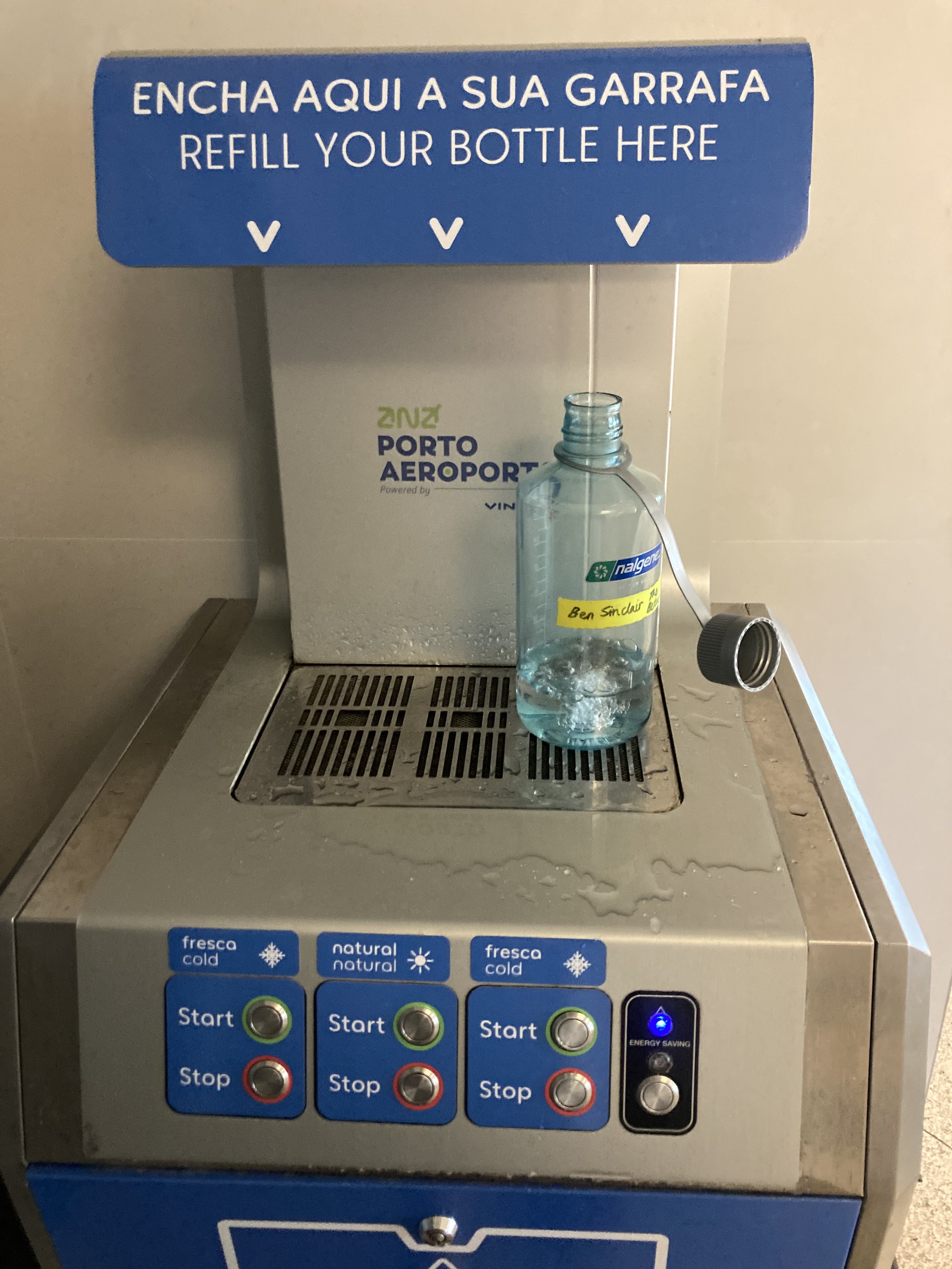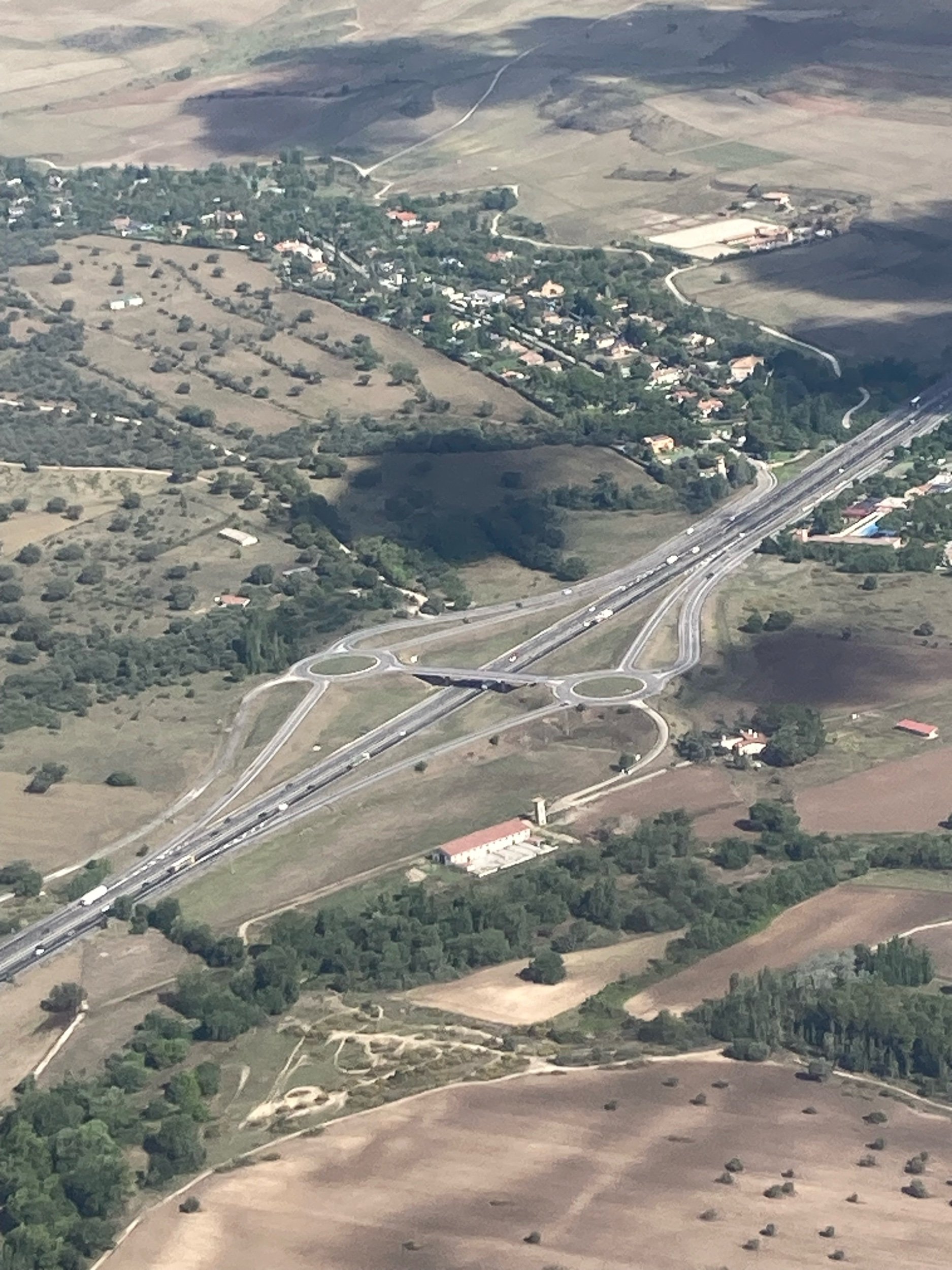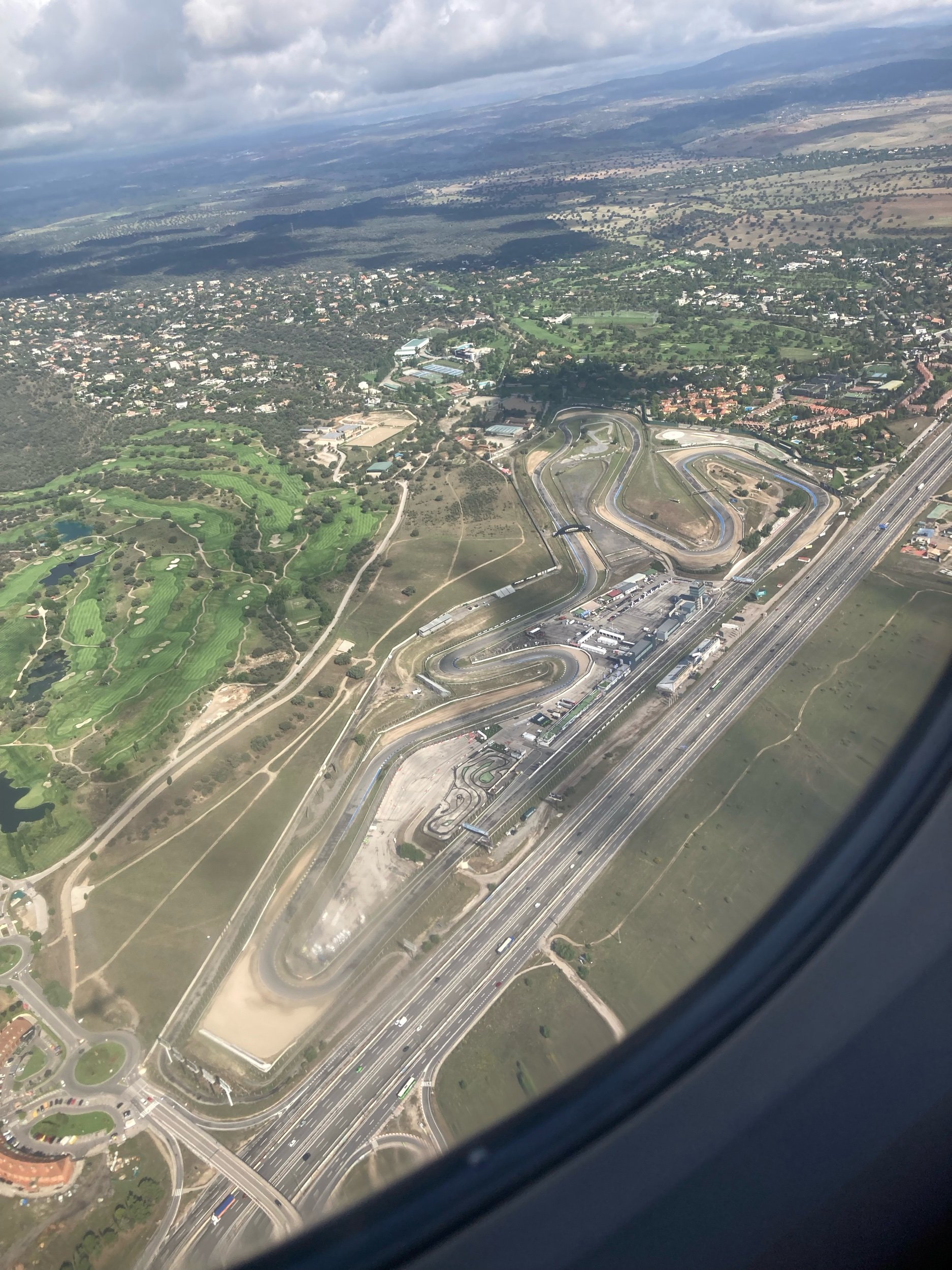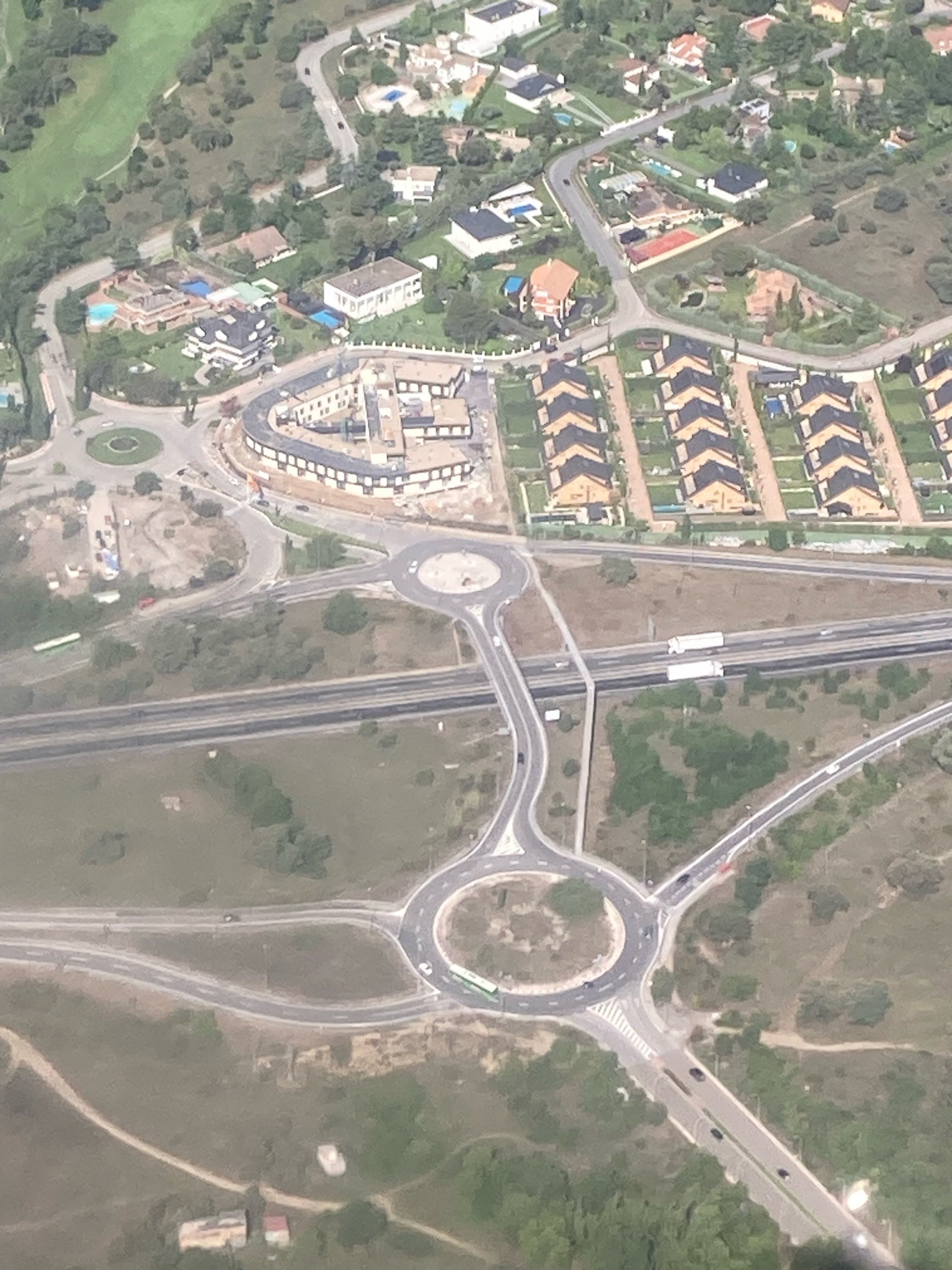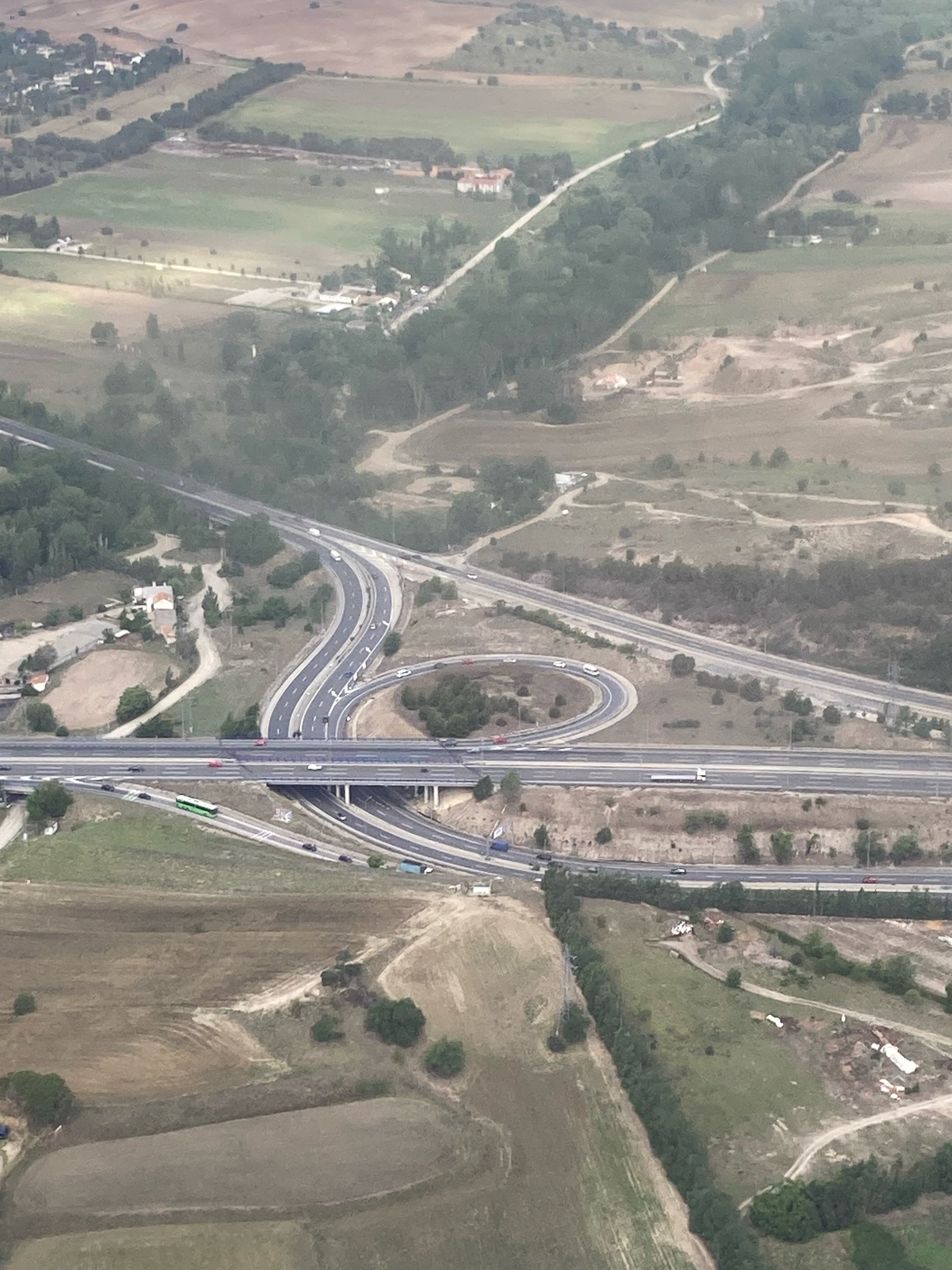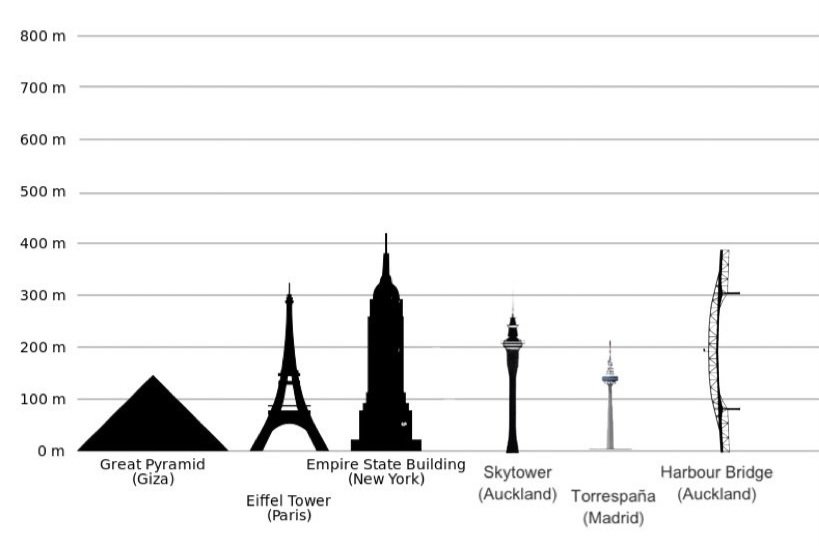Day 18: Madrid
Welcome
Yesterday we performed at Primavera Sounds, Madrid.
5.30am was the very unripe hour that we assembled in the lobby for our shuttle to Aeropuerto Francisco Sá Carneiro. Our autopilots were engaged while we retrieved our pelicans and guitar cases from the hotel luggage storage and stacked them into the van’s cargo bay. Our driver was enjoying the lack of traffic at this hour and got us quickly to the airport, depositing us outside a terminal where sanity still prevailed, and luggage carts were free to use. It was pleasantly quiet inside, and we quickly found the equipaje especiales counter and walked straight to the front of the queue. This Iberia Airlines employee that checked-in our baggage was extremely competent and even possessed a considerable degree of good customer service etiquette in her manner. We completed our check-in process two hours before our flight. As we left to head to the gate, we took satisfaction in seeing Alvvays, our nemesis band, at the back of the queue, clearly not as quick off the mark as we were that morning.
We passed through security without any trouble. This particular airport prefers you not to stack the trays. There was a station for refilling water bottles that I was excited to try, and it looked good with big, fully depressible, stainless-steel buttons for a satisfying tactile feel, and a choice of chilled or ambient water. It turned out to be a disappointment as the installation only provided enough water pressure to slowly refill one bottle at a time; a bottleneck at the bottleneck if you will.
I breakfasted at Deli & CIA where I ordered a pottle of sliced fruit and a spinach and cheese pastry.
The flight to Madrid was only an hour and I managed to sleep for most of it. As our Airbus A320 descended over I saw some excellent examples of roundabouts used in major interchanges.
Arriving at Terminal 4 of Adolfo Suárez Madrid-Barajas Airport was a very pleasant experience. This 2km-long structure is feasible because of its modularity. The ceiling is bamboo strips supported by corrugated steel strips, punctuated with skylights that let natural light in. Brightly painted steel tubes connect the ceiling to large reinforced concrete H pillars, which are placed in between the shops in a central strip of the concourse, carefully unobstructive to traffic. The amount of natural light in this space feels deeply relaxing, and the architects were careful to orientate it so that the large overhangs on the outside of the terminal roof protect it from the head during Madrid’s hotter summer months.
We headed down to baggage claim on the lower level where we waited for a while under the watchful gaze of air conditioning ducts disguised as giant clothing steamers. A Primavera representative met us outside the airport and directed us to a waiting van, a very large and comfortable Volkswagen TDI fitted out with plush leather seats that matched the exterior colour scheme. The large cargo compartment comfortably fitted all our equipment, and no careful packing was required.
On the way out of the airport we passed underneath another very handsome piece of engineering, the 214m Puente de la Concordia, with its 162m arch gracefully floating above the M12 Airport Axis Toll Motorway. While I was researching this structure, I found a description of its design that I loved so much, I had to include it. Bear in mind that this is translated from Spanish.
Its shape, inspired by industrial design in line with Terminal 4, is also very unique. Far from the usually ‘tyrants’ that join the arch with the base, on the Concordia Bridge the board hangs from a permeable mesh or lattice of steel tubular profiles, which guarantees visual transparency and generates a play of lights and transparencies that vary according to the time of day and according to the point from which it is viewed.
If there is one sure way to alter the character of a city’s skyline, whether it be for better or for worse, it is to allow the construction of one of the most dramatic structures known to man, the sky needle. At 231m Torrespaña may not be as impressive as Auckland’s Sky Tower but what it lacks in height and revolving restaurants, it makes up for with its impressive communications array which distributes several nation terrestrial TV channels as well as a few radio stations. Known colloquially as Pirulí, or lollipop, this concrete Chupa Chup was constructed in 1982 to ensure good distribution of the TV signal for the FIFA world cup, hosted in Spain that year.
We arrived at our hotel at midday and had a couple of hours to rest before our transfer arrived to take us out to the festival ground. It was about a 45-minute drive to get us out to Ciudad del Rock, a purpose-built festival ground that lies just outside Madrid’s city limits, to the south-east. Our experience at this Primavera site felt considerably less organised than the other ones, possibly because it was its first year happening in Madrid. The festival drivers didn’t know their way around the site, and at our stage there wasn’t an area to set up, and no one seemed to be in charge. To be fair, they did really well to recover from the first day of the festival which was cancelled due to severe weather – evidence of which lay in the small lago just behind our stage.
Considering that the Ciudad del Rock has a long history as a festival ground, it was surprising to witness the chaos that erupted as thousands tried to shuttle in from the city. From inside the festival, you could see the highway backed up, a queue that apparently went back several kilometres. Reportedly the journey would take between two and three hours on average from central Madrid. Depeche Mode, one of the headliners of the festival went on at 9.10pm with hardly any audience, and it wasn’t until 10pm that the grounds began to fill up. Our set was at 6pm, and while we had a lovely time performing, it felt a bit underwhelming compared to the previous evening in Porto. Those that had miraculously managed to arrive at this early hour were very gracious and made up for the lack of numbers with a great enthusiasm.
Transporting our gear from the stage, back to the green room.
What the festival lacked in transport logistics it made up for in hospitality, though. The backstage artist area was comfortably air conditioned and they had even installed a small swimming pool near the outdoor bar. It felt like a cheap tropical resort. Where they excelled was in the catering department which had an epic spread of food, from paella, to BBQ, to a smoothie bar.
Air conditioning infrastructure.
Unwinding after the set.
After spending an hour making the most of these facilities it was time to leave. We wanted to watch Alvvays for a third time, but the transfer services back to the hotel were in disarray and we needed to catch a van while there was still one available. We all headed straight to bed, doing our best to prepare for another pre-dawn lobby call.
Here is Tristan with a video to fill some of the gaps in today’s blog entry.
